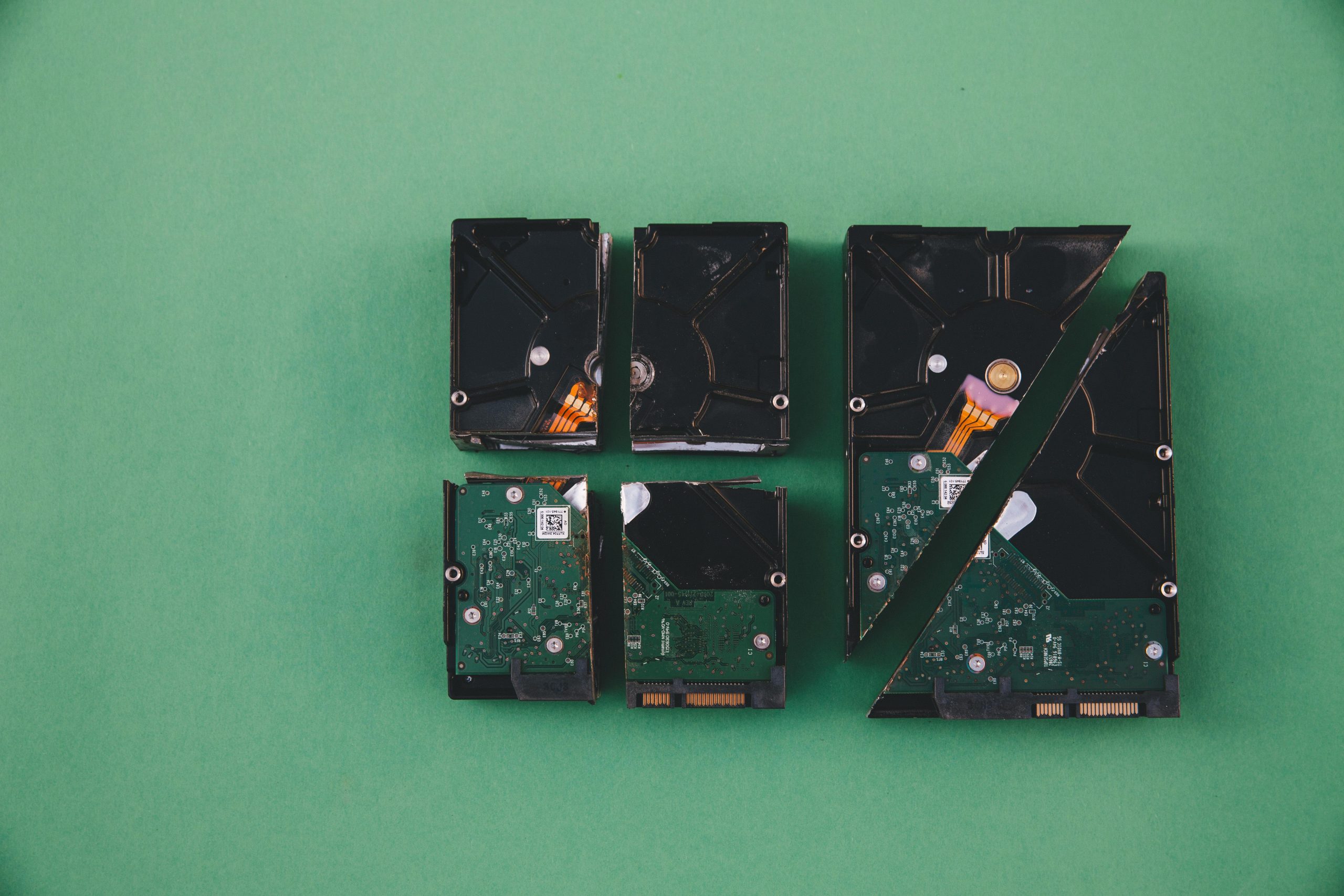How to Partition a Portable 1TB NVMe SSD for Compatibility with macOS, Windows, and Android
In today’s interconnected digital environment, having versatile storage solutions that work seamlessly across multiple operating systems is increasingly important. Many users seek to partition a single external drive to serve different purposes—such as backups, file sharing, and multi-platform access—without the hassle of managing multiple devices. If you’re trying to configure a 1TB NVMe SSD to function effectively with both macOS and Windows, and potentially Android devices, this guide provides a comprehensive overview and practical tips to help you succeed.
Understanding Your Requirements
In the scenario described, the goal is to partition a 1TB NVMe SSD into two equal parts:
- Part 1: 500GB dedicated to Time Machine backups on macOS.
- Part 2: 500GB available for use with both macOS and Windows, and possibly Android.
Before proceeding, it’s important to clarify the specific use cases and compatibility considerations for each operating system:
-
macOS (Time Machine): Requires the partition to be formatted with a macOS-compatible filesystem, such as APFS or Mac OS Extended (Journaled).
-
Windows and Android: Desirable to have a filesystem that is readable and writable across both platforms, such as exFAT, which offers broad compatibility without additional drivers.
Common Challenges Encountered
Many users face issues when attempting to partition drives for multi-OS compatibility, including:
- Partitioning Failures: Errors or failures when creating or resizing partitions via Windows Disk Management or macOS Disk Utility.
- Filesystem Incompatibilities: Selecting filesystems that are not supported by all intended platforms.
- Partitioning Limitations: Unrecognized or unbootable partitions due to improper formatting or partition schemes.
Best Practices for Successful Partitioning
To optimize your drive’s functionality, consider the following steps:
1. Prepare a Backup of Your Data
Before partitioning, ensure all important data on the drive is backed up. Partitioning and formatting can lead to data loss if not performed carefully.
2. Use a Compatible Partition Scheme
- GUID Partition Table (GPT): Recommended for modern drives, especially for large-capacity SSDs, and necessary for macOS compatibility.
- Master Boot Record (MBR): Older standard; generally not recommended for drives intended for large storage or modern systems.
3. Choose Appropriate Filesystems for
Share this content:



